Last month, thinkLaw successfully launched The BEE Project. Our first cohort includes 17 Black and Hispanic teachers across multiple Arizona school districts. Each participant will be receiving $2,000 to earn their gifted endorsement through an equity-focused PL and clinical experience. With so many amazing participants, we’re going to be showcasing their unique backgrounds as we continue growing this game-changing program.
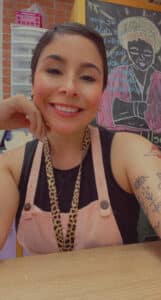
Elizabeth Valenzuela
School District: Wheeler Elementary, Tucson Unified School District
Teaching Grade Level: 5th Grade, GATE
Years of Teaching Experience: 7
About Elizabeth
I am an immigrant woman. I came to the United States at the age of 10, and the way I experienced education shaped the way I show up for my students. I was a ghost student in the background left to fall through the cracks by my teachers. My goal as an educator is to foster an environment in which my students feel seen, heard, validated, and loved. The generational trauma ends with me
Describe any barriers you face as a Black or Hispanic educator in your work with culturally and linguistically diverse and/or economically disadvantaged students.
Our biggest barrier is and always will be an upheld system that invalidates our experience.
Why did you join the BEE Project?
I find this to be a wonderful opportunity for Black and Latinx educators. I believe teachers of color operate with a heart for their communities, we see how the education system fails our communities time and time again and the gifted classroom is not any different. I believe our kids deserve the opportunity to participate in gifted education. After all, being able to succeed in a curriculum and/or survive in an environment that was not created for you is already an overachievement.
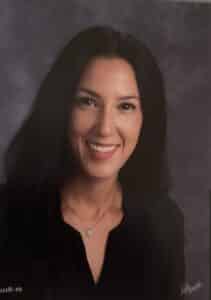
Francis Hinchey
School District: Meyer Montessori- Tempe Elementary School District
Teaching Grade Level: Preschool and Kindergarten
Years of Teaching Experience: 16
Describe any barriers you face as a Hispanic educator in your work with culturally and linguistically diverse and/or economically disadvantaged students.
I feel lucky to be a part of Tempe Elementary School District. As a whole, we are a diverse community of educators in most areas except for the PACE Program (district gifted program). Programs like yours, The BEE Project, are so important to change that.
Why did you join the BEE Project?
My interest in the BEE Project is to receive my gifted endorsement. I have always been interested in learning more about gifted students because I feel they are often forgotten. My teacher education program at Arizona State University did not address gifted students at all. I also feel ELL students who are gifted go unnoticed because they are not native English speakers. I would like to be able to better serve all students and earning my gifted endorsement is necessary. Preschooo
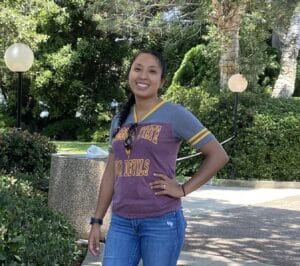
Katya Blanco
School District: Connolly Middle school/ Tempe Elementary District
Teaching Grade Level: Physical Education/ Dance
Years of Teaching Experience: 3
About Katya
My name is Katya Blanco and this is my 3rd year teaching. I enjoy reading, watching movies and relaxing. Joining the BEE project has been an amazing opportunity for me to help students who look like me achieve more than they can ever imagine!
Taking this course would be an amazing opportunity for me to help students who look like me achieve more than they can ever imagine. I love to be informed and this class will be an amazing opportunity
Describe any barriers you face as a Black or Hispanic educator in your work with culturally and linguistically diverse and/or economically disadvantaged students.
Working with the students I work with now I see a lack of interest in school because most of my students don’t care about their education and those who do, do the bare minimum. They make comments such as, “I’ll never be smart enough”, and use that as their excuse to give up. It is especially difficult because with our ASPIRE campus being mainly white students, it discourages our Black and Hispanic students. I think that in their minds only white students are ‚allowed to be smart. Whenever a white student makes a comment I often hear students say‚ ”Oh, they must be an ASPIRE student.”
Why did you join the BEE Project?
Our school population is mainly Hispanic students, that is majority of the school body. I have a good relationship with most of the students on this campus because I look like them. By taking part of this project and learning how to better support these students I think I can personally make a huge impact in their education and helping them see that they can go beyond what they think they can. This opportunity will also help me be more knowledgeable for me in raising my future kids.
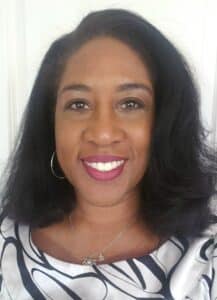
Malaina Stokes
School District: Tempe
Teaching Grade Level: Grade 5, Language arts, Math, and Science
Years of Teaching Experience: 24
Describe any barriers you face as a Black or Hispanic educator in your work with culturally and linguistically diverse and/or economically disadvantaged students.
The barriers I’ve faced with regard to students have been somewhat easy to remove due to the school district’s support. I was the designated English Language Acquisition teacher in previous years and utilized the translation resources provided by the school district to speak with parents who were non-English speaking. Additionally, I have for the most part, been able to get families the financial assistance or counseling services they need.
One barrier that remains is the racial and behavior biases from teachers in my building regarding certain students. Convincing teachers to include a range of learning styles and cultural representatives in their lessons to make them more enriching and engaging, or connected to a student’s interest can be difficult when they don’t believe it’s worth the effort.
Why did you join the BEE Project?
Throughout my experience in education, I have worked in culturally diverse schools. I’ve taught in districts which used the term diverse loosely. The diversity description seldom described the cultural demographic of the gifted programs. Not much has changed in the area of gifted education in terms of cultural representation, yet there is slow progress. One hurdle I’ve always observed is the lack of identification of students of color. Another barrier is the disproportionate number of African American and Hispanic students who are identified to have problematic behaviors. I have referred several African American and Hispanic students to be tested for gifted services when other teachers would not because of their behaviors. Many times, I referred to them simply because of their behavior. Observations and connections are key.
Recently, one of the gifted resource teachers at my school shared The BEE Project’s opportunity with me. I researched the opportunity and attended the informational session. The BEE Project is transformational. This is the right time for my presence in the gifted programs. I would like to formally continue to influence my peers and to be an advocate for students and parents in the identification of gifted children. This is particularly vital as racial and behavior biases persist in the under-identification of gifted students.
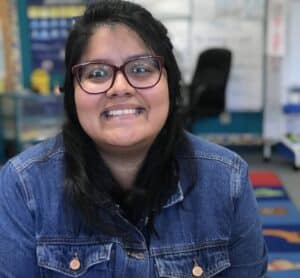
Nayely Sanchez Hernandez
School District: Osborn School District
Teaching Grade Level: 1st Dual Language
Years of Teaching Experience: 7
About Nayely
I am a daughter of Mexican immigrant parents. I identify as a Mexican (Hispanic) educator. I am also on a personal journey to discover my indigenous background.
Describe any barriers you face as a Black or Hispanic educator in your work with culturally and linguistically diverse and/or economically disadvantaged students.
One of the barriers that I have experienced as a Hispanic Educator who teaches in the Title I district is the lack of authentic resources. Students need to feel seen in the classroom and that can be done with authentic texts. Books that show their traditions and language. For example, our curriculum does not represent the population of students of color and as a teacher, it is my duty to find texts and create resources for students to make real life connections.
Why did you join the BEE Project?
In my 7 years as an educator, I have always served a diverse population of students. For 5 years, I taught in ESL classrooms serving Hispanic and other ethnicities with an emphasis on language development. These past 2 years, I have taught in a Dual Language Classroom (Spanish/English). In both of these settings the majority if not all of my students were identified as Black and/ or Hispanic students. I have experience both being a Hispanic student and now being a Hispanic educator.
As a young child, I was in a Dual Language Program up to third grade. During those years, I felt represented because my culture and language were being used in my education. However, as I got older, and I started taking part in Advanced, Honors and AP courses throughout middle school, high school and college, I started seeing less and less of classmates who looked like me. I felt alone and was frustrated with my peers saying that they weren’t ‚ smart enough‚ to take part in these classes. When I decided to become an educator, one of my goals was to return and teach the same population that I grew up and change the stigma of not being ‚smart enough‚ and encourage students of color to achieve beyond what any statistic could say about us.
As an educator of 7 years, I am able to identify and create lessons that validate them as learners. For example, in my teaching career Hispanic Heritage Month and Black History Month are always celebrated through literature, art, music and more. However, this is also not just reserved for those months, but talked about through the whole year. Black and Hispanic students have a rich background and as an educator, I pride myself and being able to use their cultural and linguistic backgrounds to further their learning. During Hispanic Heritage Month, one of our culminating activities was to visit Art from Hispanic artists. Myself and a fellow colleague researched local and international artists for our students to learn about and then be able to be active participants in our Art Walk. Watching my students view the artwork of the artists they had learned about was incredible; connections were made because they saw themselves in the paintings.
Representation matters in all aspects, in the media and in the classroom. It is a great honor to be a part of this incredible project and learn about how I can continue to grow as a Hispanic educator to better serve Hispanic and Black students.
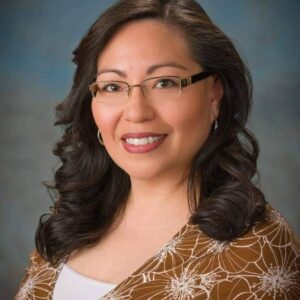
Sarah Saiz
School District: Osborn School District
Teaching Grade Level: 7th Grade Math
Years of Teaching Experience: 17
About Sarah
My ethnicity is mixed. My father is Mexican-American and my mother is Vietnamese. Growing up in Mesa, AZ in the 1980’s was difficult because there was nobody like “me”. I always felt different because I looked so different from all my peers. My parents looked different than the parents of my peers. I didn’t want my parents to come to school functions because they didn’t fit in with the other parents. I especially didn’t like my mom talking to my friends because she had a strong accent, and she didn’t speak English very well. I just wanted to fit in and be like everybody else. I tried to “change” who I was as much as I could to “fit in”. I wasn’t proud of who I was because I was so different. As an adult, I regret being ashamed of being different. I embrace my Mexican and Vietnamese cultures. My husband (who is Hispanic) and I have raised our children to be proud of who they are and to embrace their cultures. I share my story with my students in hopes that it will help anyone that is struggling with their identity. I try to reinforce that no matter what your race or ethnicity is, you should embrace it with pride. Always be proud of who you are.
Describe any barriers you face as a Black or Hispanic educator in your work with culturally and linguistically diverse and/or economically disadvantaged students.
Since teaching 7th grade math at OMS for 17 years, I know the population we serve is culturally and linguistically diverse and economically disadvantaged. While I know my student’s education is important, I also know that my students are dealing with issues in their lives that I am unaware of. A lot of my students understand the value of their education but are dealing with other issues that interfere with their ability to focus on school. At the start of every school year, I try to get to know the needs of each of my students both academically and emotionally. Most of the time I am successful with helping my students grow academically and emotionally, but there are times when I struggle with helping all of my students. The biggest barrier I experience as a teacher, is helping every single one of my students succeed.
Why did you join the BEE Project?
OMS has a diverse population; with the majority of the families we serve being of Hispanic descent. When I first joined the 7th grade math team in 2004, the needs of our gifted and excelling students were being overlooked. They were being placed in the same classes as struggling students. I am very proud to say that by having the desire and passion to meet the needs of our gifted and excelling students, I created our 7th grade honors program.
I have been a 7th grade math teacher at Osborn Middle School (OMS) for 17 years. I did my student teaching at OMS and fell in love with the diverse environment. During my first year of teaching, there were no honors classes offered to 7th grade students. I immediately found the need to differentiate my teaching to meet all the various levels of my students. I was struggling because there was such a drastic difference in my students’ levels. I basically separated my class into two levels to help meet the needs of most of my students. For the students in my “higher” group, they were learning new concepts at a rapid pace and wanted to be more challenged. During my third year of teaching, we offered a 7th grade honors class (pre-algebra) to help meet the needs of excelling students. With the addition of an honors class, I still found the need to differentiate. I started tutoring students after school that wanted to be more challenged. Before I knew it, I was teaching (high school algebra I) algebra to my students, and they were excelling. At the end of that school year, 13 7th graders took the high school algebra qualifying test (a test offered by Phoenix Union High School District – OMS’s feeder high school district) and passed. During my fourth year at OMS, we offered two honors classes: 7th grade pre-algebra and 7th grade algebra (which receives high school credit). I continued to teach all 3 levels of math and every year the number of students that passed the high school algebra test grew. I am currently teaching in my 18th year at OMS and very proud to say we still offer both honors math classes, and since then, have added additional honors classes in other contents.
LIKE WHAT YOU SEE HERE? DIG DEEPER WITH US BY:
>> Connecting With Us On Twitter, Facebook, LinkedIn & Instagram
>> Joining Our Exclusive Facebook™ Group
>> Getting A Copy of Colin Seale’s Best- Selling Book, Thinking Like A Lawyer
>> Pre-ordering Colin Seale’s Newest Book, Tangible Equity
>> Joining the Raising Critical Thinkers program, exclusively for parents
>> Learning more about The BEE Project
>> Requesting A Custom Quote For Your Needs
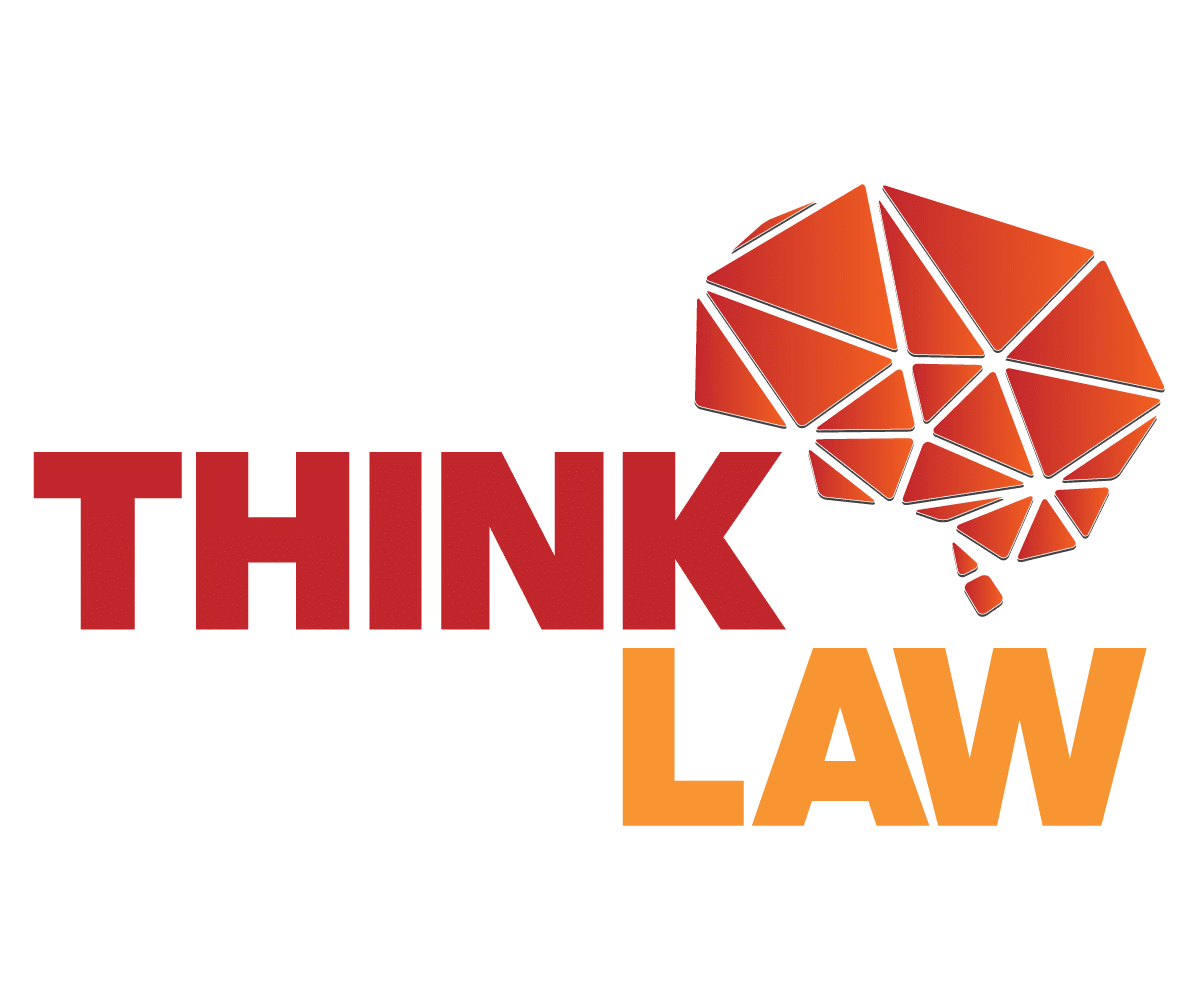

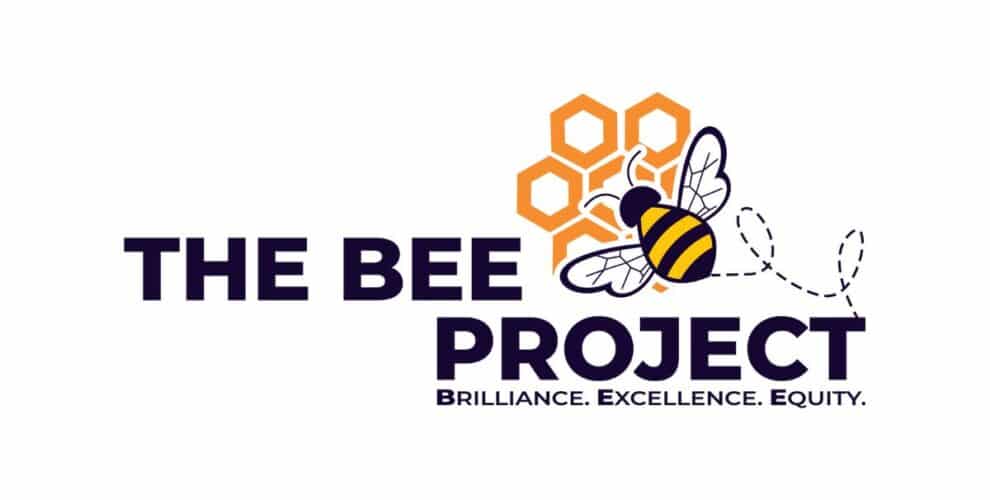
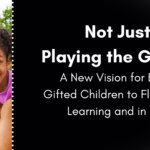
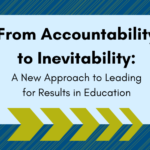

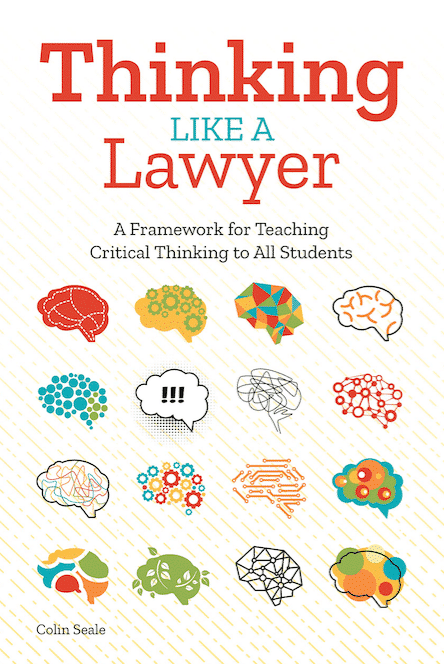
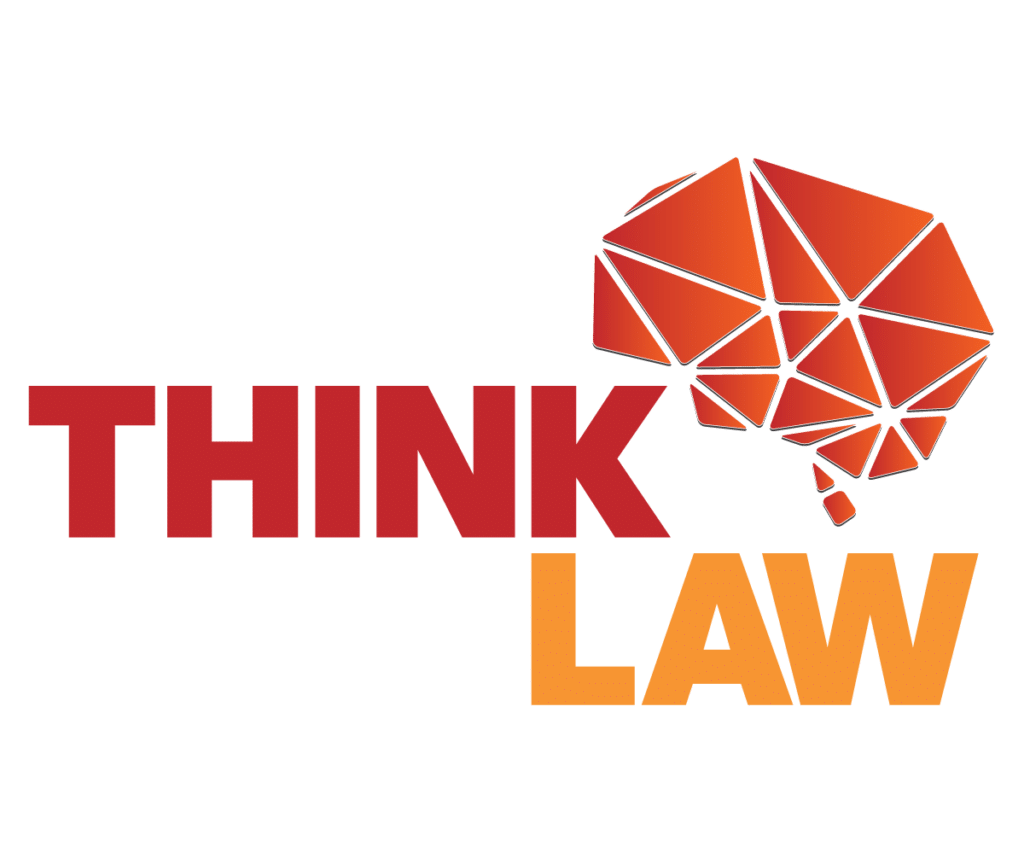
Leave a Reply